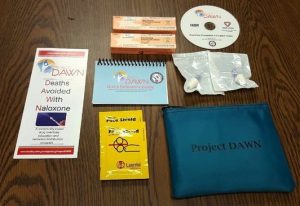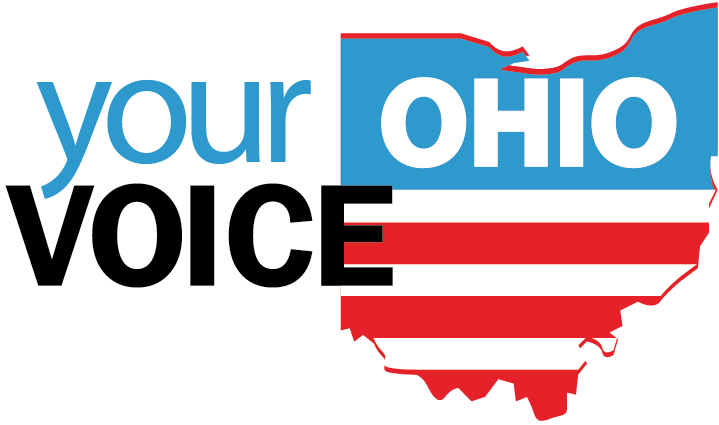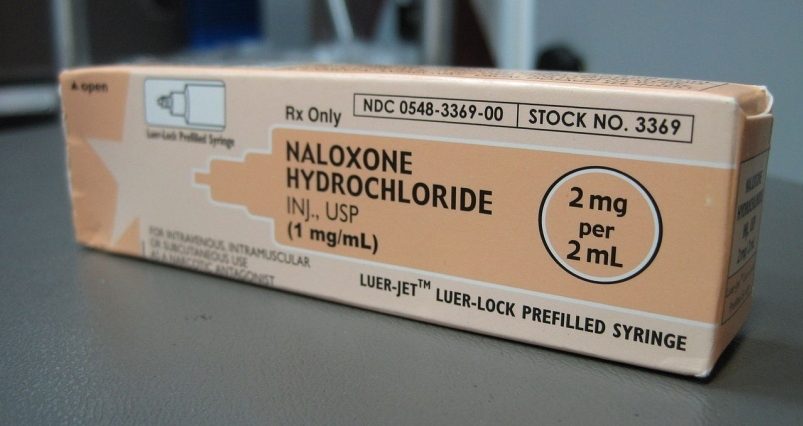One approach to preventing opioid overdose fatalities is to provide overdose education and naloxone distribution (OEND). This is another form of harm reduction intervention. Access to these OEND programs has expanded to 30 states since the late 1990’s. OEND programs work to provide education about overdose prevention by instructing potential rescuers to recognize known risk factors for overdose; strives to empower people who use opioids to engage overdose prevention by recognizing and addressing modifiable risk factors; and as the name suggests, works to distribute Naloxone.
On this blog, we have previously discussed various medications that could be effectively used in treatment. Today we’ll discuss a different medication, Naloxone, which can reverse overdoses caused by an opioid drug. Unlike the other medications, this is something that everyone can and should have in their homes. OEND’s work to distribute Naloxone to those most likely to witness an overdose.
Naloxone works by ejecting heroin and other opioids from receptors in the brain reversing the respiratory depression caused by an overdose. It is FDA approved for emergency treatment of known or suspected opioid overdose; has no effect in people who are not taking opioids; and has no potential of abuse.
A study in Massachusetts showed a significant reduction in opioid overdose death rates when comparing the communities with OEND’s to those without. The effectiveness of OENDs has been shown in various parts of the world, showing positive outcomes around knowledge, skills, attitudes and reduced overdose deaths (Coffin & Sullivan, 2013).
In the state of Ohio, the Department of Mental Health and Addiction Services is committing up to $500,000 per year to promote access to naloxone in every county across Ohio through OEND programs such as Project DAWN, a community-based overdose education and naloxone distribution program, which has distribution sites throughout the state, where you can get a Naloxone kit at no charge. Giving out these kits are surprisingly cost effective considering that the total cost of a Project DAWN kit is $50, while the medical cost of a fatal drug overdose is around $2,980.
Each kit contains 2 doses of 1 mg/1 mL naloxone hydrochloride in pre‐filled needleless syringes, nasal adaptors, breathing mask, instructions, and referrals to local substance abuse treatment. Programs like these are capable of reaching sizeable populations of high-risk individuals and facilitating large numbers of overdose reversals. OENDs should target those most likely to witness another’s overdose, as well as the individuals who are at risk themselves.
This particular solution may not prevent overdoses from occurring, but it does prevent fatal overdoses and gives people a second chance. It should be noted, most survivors of an overdose will experience precipitated withdrawal from naloxone and will be having intense cravings to use opioids following this event. Treating a survivor in withdrawal with a daily opioid agonist, like methadone or buprenorphine, is perhaps a promising way to work towards engaging them in treatment and the best way to keep them safe from using more unsupervised opioids.
Next week, we will take a look at what employment opportunities and resources exist for drug-related convicts and recovering addicts. To follow our new research and research of our local media partners, sign up for our weekly news roundup.





